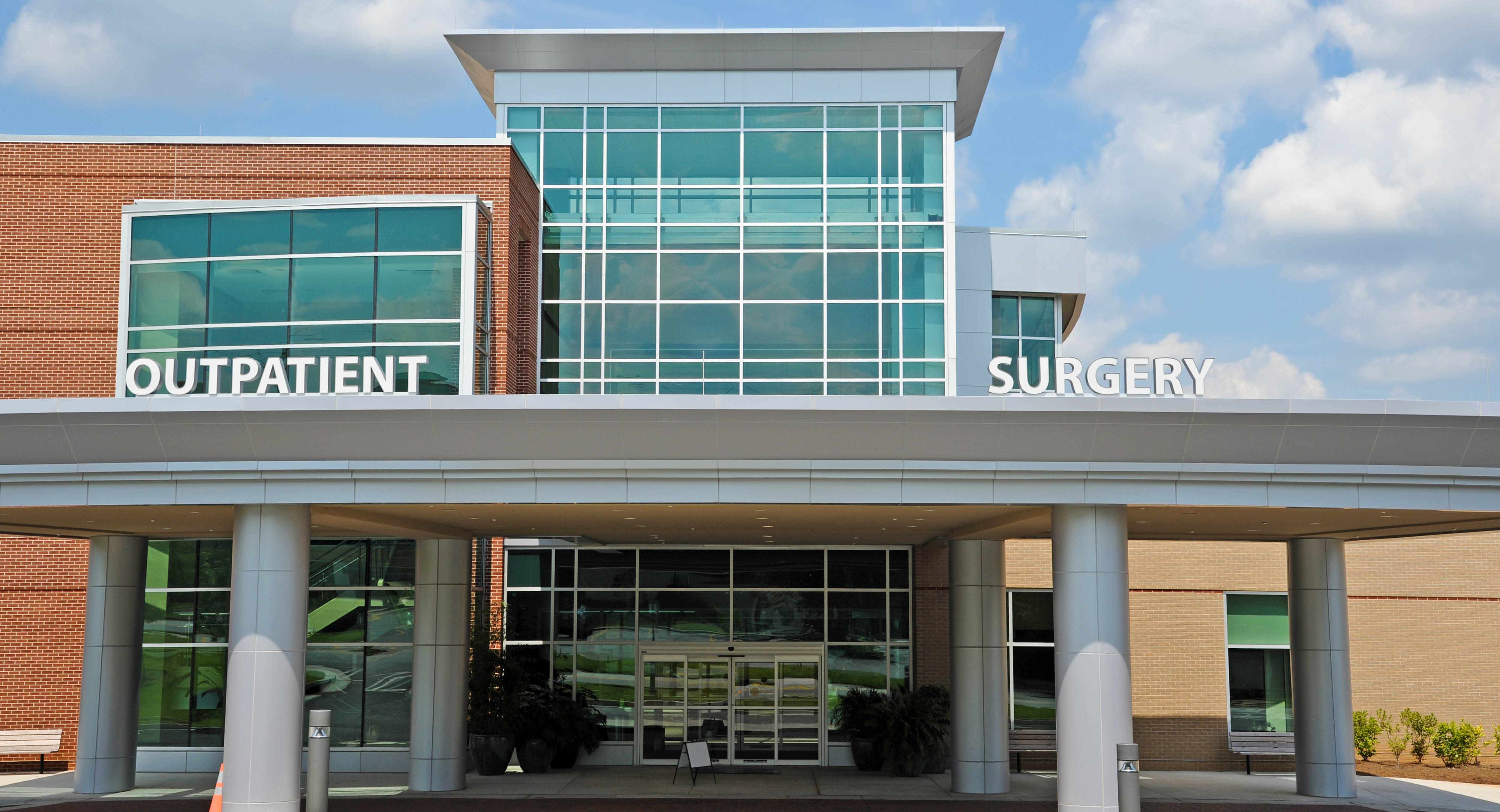
Growing Demand for Medical Real Estate
By: Jamion Nash
There is a lot of capital pursuing healthcare real estate, private equity and REITs, domestic and foreign. In November 2019, Medical Properties Trust (NYSE:MPW) acquired 10 hospitals from LifePoint Health, amounting to a $700 million transaction. While this is truly a major deal, there have been many other large transactions in the healthcare space. Spurred by a shift in the delivery of care and necessity of healthcare services, demand for medical facilities as investments has grown, creating an opportunity for physician real estate owners.
As payors and patients continue to seek more affordable and accessible care, the demand for outpatient care has experienced steady expansion. Over the last decade the number of outpatient facilities has grown by 51%, from approximately 26,900 in 2005 to over 40,000 outpatient centers in 2016. The delivery of care in outpatient facilities is a win-win, saving money for patients while often creating better outcomes.
While the future of healthcare is optimistic for outpatient facilities, the past has also been encouraging. Because demand for medical space is correlated to patients’ “need for care,” occupancy has historically remained strong, regardless of economic cycles. Over the last 10 years, between 2009 and 2018, occupancy rates for medical office properties have remained stable between 90.4% and 92%. Such uniquely stable occupancy rates make a compelling investment thesis for medical facilities.
These attractive fundamentals have drawn increasing investor interest in outpatient facilities as an alternative investment class. As a result, institutional real estate investors are pursuing clinical assets at higher valuations in exchange for dominant, well-run facilities, allowing medical providers to capitalize on their real estate investment.
So what can a practice do to properly position their clinical asset for a sale? In addition to being occupied by a dominant practice, the property should be secured by a long-term lease; typical lease lengths range 10, 12, 15, or even 20 years. The lease should also be triple-net (NNN) and have annual rental increases. This type of lease structure allows the practice to maintain long-term control of operations while creating the opportunity for a significant liquidity event.
Facing a changing healthcare environment driven by consolidation and pressure on reimbursements, providers who own their practice real estate should be aware of the opportunities available through a sale and leaseback transaction.
